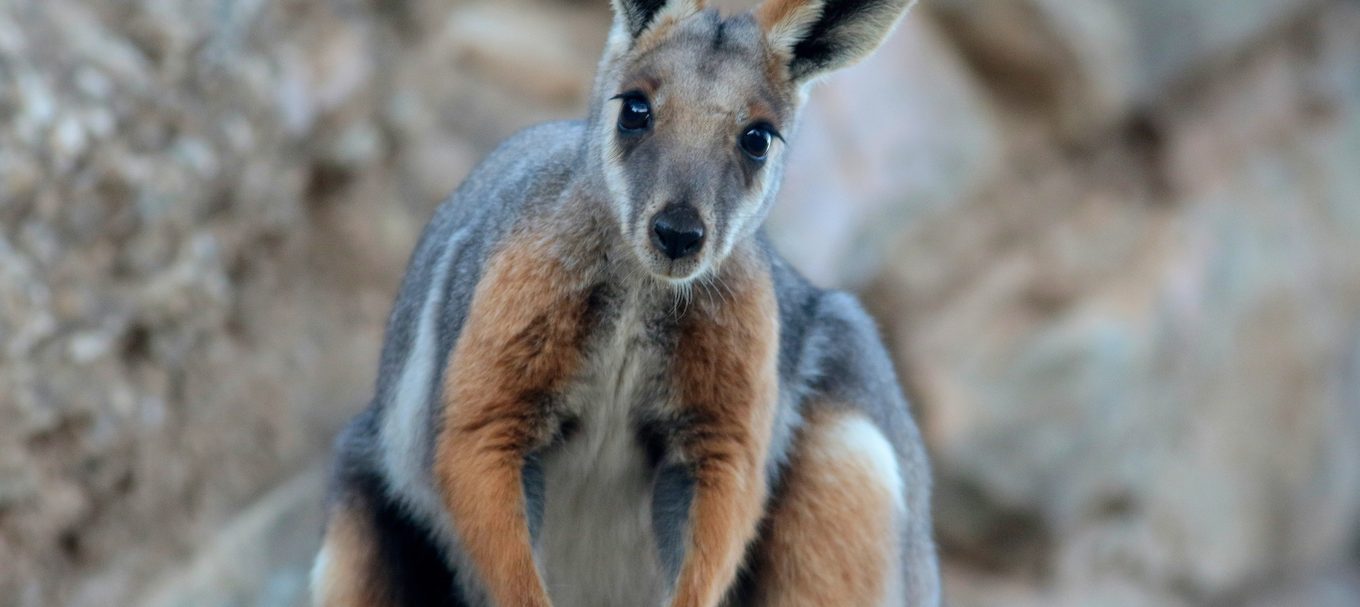
How the yellow-footed rock wallaby was saved from extinction in South Australia
Find out how one of Australia’s longest running biodiversity programs, Bounceback, is helping recover native species across South Australia’s semi-arid ranges.
There is no doubting the awe and wonder that comes when you spot one of Australia’s native species in the wild. Be that a koala, kangaroo, platypus, kookaburra or perhaps a lesser-known species such as the Kangaroo Island dunnart, nothing beats seeing nature while in nature!
Sadly, some native species are not as abundant as they should be in areas where they were once in healthy populations.
September is Biodiversity month – a great opportunity to learn more about some of South Australia’s threatened native species, what’s being done to save them, and where, thanks to the efforts of many involved in their recovery, we can still see them today.
There are over 90 South Australian animal species listed as nationally threatened, including mammals, birds, reptiles and fish and more than 100 plant species under the Environment Protection and Biodiversity Conservation Act 1999.
In South Australia, there are 324 animals listed as threatened species under the National Parks and Wildlife Act 1972, including:
- 100 mammal species (24 considered extinct)
- 163 bird species (8 considered extinct)
- 53 reptile species
- 8 amphibian species
Bounceback species recovery
Now in its 30th year, Bounceback plays a critical role in threatened species recovery, native species reintroduction and landscape repair across 900,000 hectares of South Australia’s semi-arid ranges, including the Flinders, Olary, Gammon and Gawler ranges.
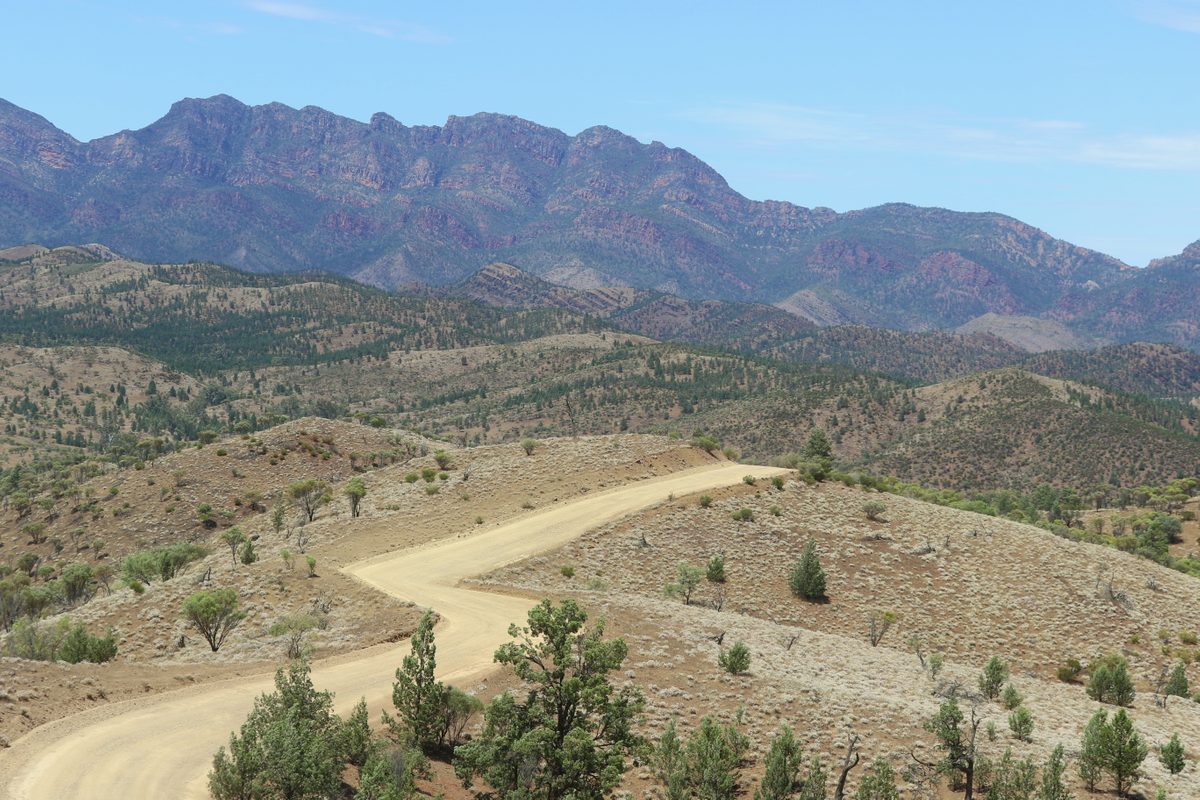
The Bounceback program began in 1992 when a small group of national parks rangers and wildlife managers brought attention to the severe decline of the yellow-footed rock wallaby (Andu in Adnyamathanha language) across its native territory, South Australia’s Flinders, Olary and Gawler ranges.
Habitat destruction by European settlers, and subsequent heavy grazing by sheep, rabbits, feral goats and kangaroos, combined with excessive predation by feral foxes and cats, had caused the extinction of numerous species, including the western quoll (Idnya) and northern populations of brushtail possum (Virlda). In the early 90s the yellow-footed rock wallaby was headed for the same fate.
Bounceback introduced a wide range of activities to better control these threats and restore the health of the landscape. Since the program began, more than 200,000 feral goats have been removed, and aerial baiting has proven effective for controlling foxes and reducing feral cat numbers. Pest plants, such as the wheel cactus also known as ‘prickly pear’ (Opuntia species), a known invader of vegetation in drier parts of South Australia, are also treated under Bounceback’s programs.
Today, thanks to the efforts of all of those involved in Bounceback there is a healthy population of yellow-footed rock wallabies across South Australia’s ranges, with numbers and the size of the area they occupy now more than 10 times what they were 30 years ago.
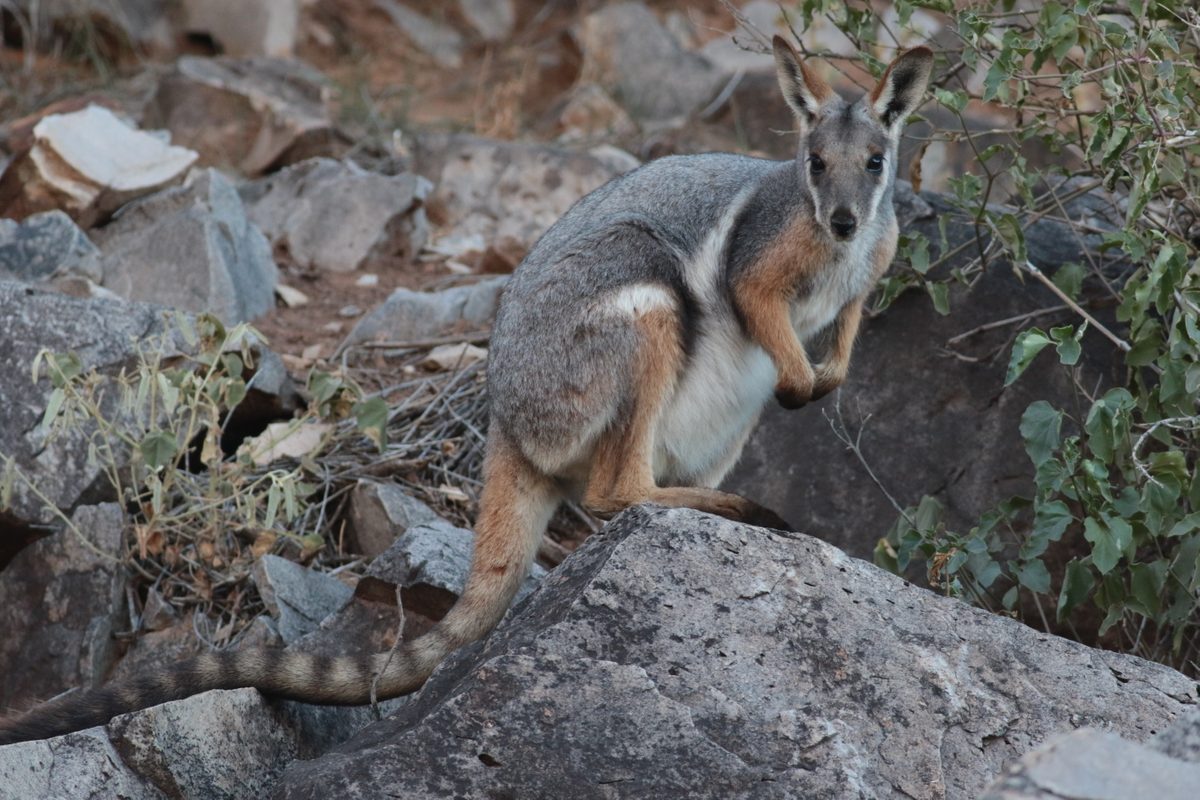
It’s also been possible to successfully reintroduce the western quoll (reintroduced from 2014) and the brushtail possum (reintroduced from 2015), and both are doing well. The reintroduction of the western quoll has been so successful that in 2021 it was possible to expand its reintroduction from the Flinders Ranges into Vulkathunha-Gammon Ranges National Park.
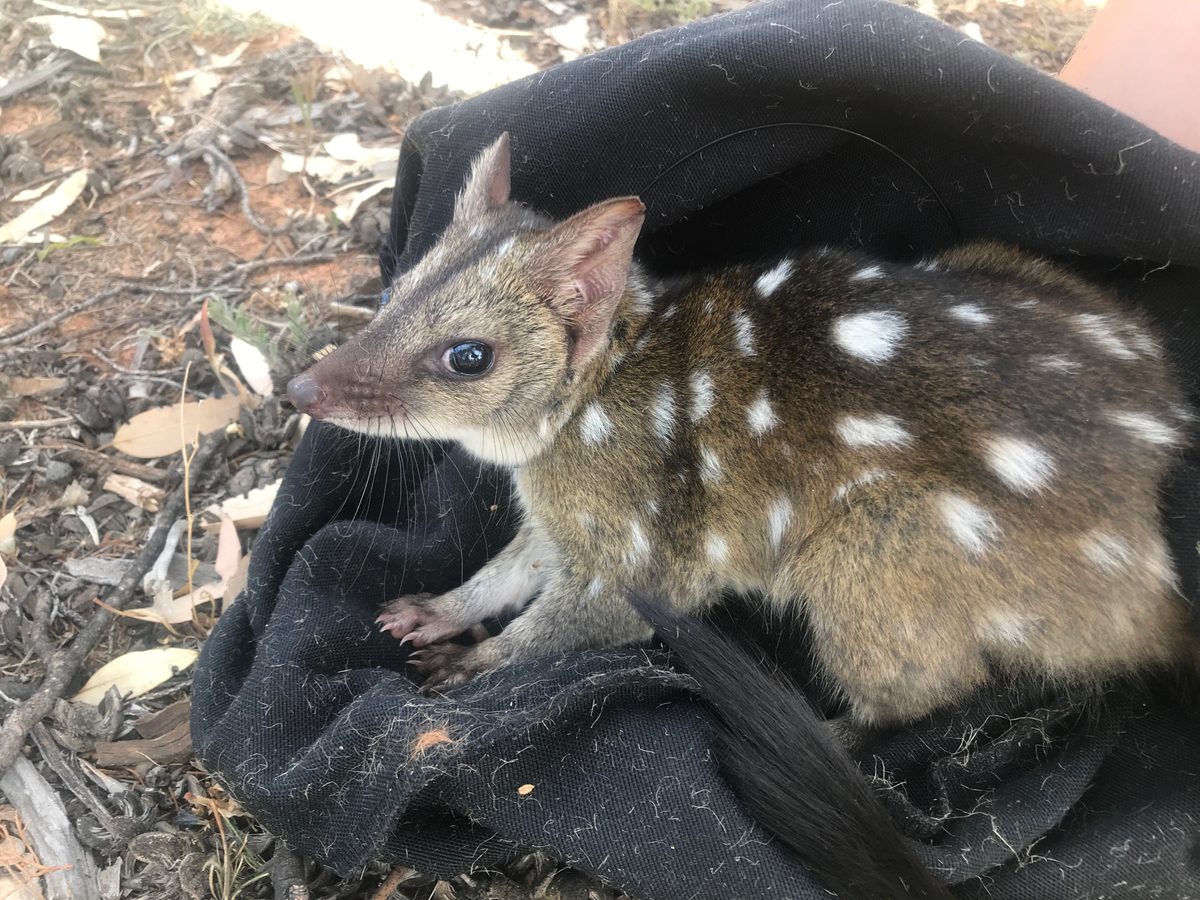
The healthier landscape and effective threat management has also helped other species survive and rebuild populations, these include echidnas, sand goannas, the threatened Gawler Ranges short-tail grasswren and malleefowl.
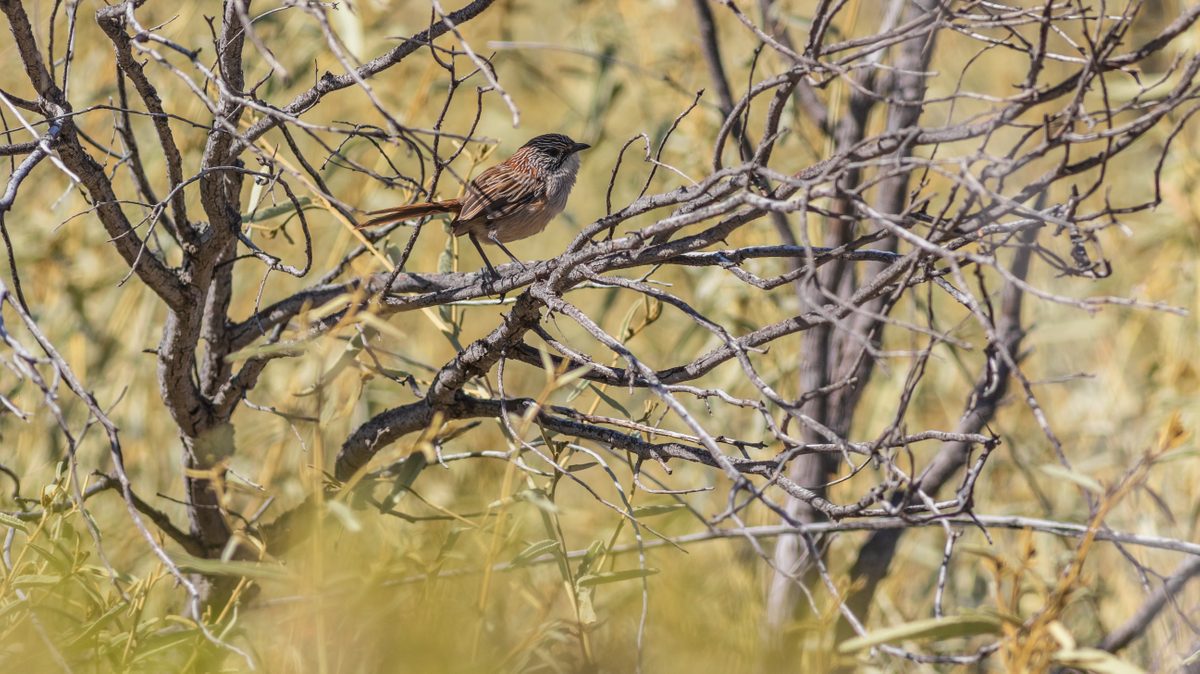
Collaborations with the Foundation for Australia’s Most Endangered Species (FAME) and the South Australian Arid Landscapes Board have enabled Bounceback to continue reintroductions and translocations. Translocations are underway for western quolls into Vulkathunha-Gammon Ranges National Park. The Flinders Ranges purple-spotted gudgeon, an endangered freshwater native fish known only from two small springs in the northern Flinders, was translocated in 2021 to springs in the central Flinders Ranges to create insurance populations.
Watch this video to find out more about the work of Bounceback.
Keen to hear more about threatened species and wildlife recovery? Check out Why ecosystem restoration is so important for threatened species, and How you can raise awareness about Australia’s native species from your kitchen for further good reading.
Main image: yellow-footed rock wallaby, photographed by Martin Stokes





